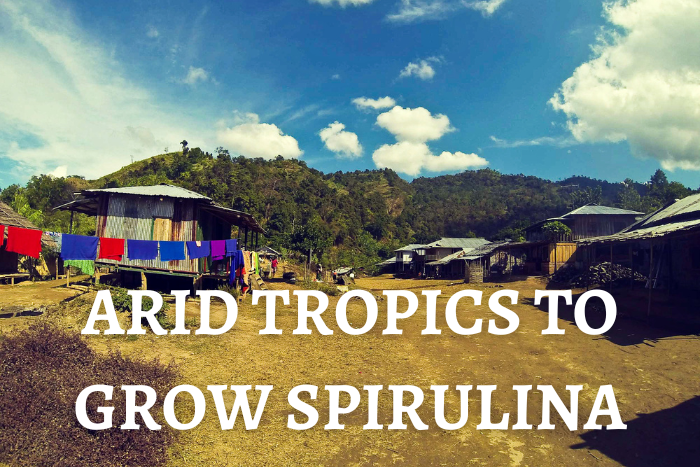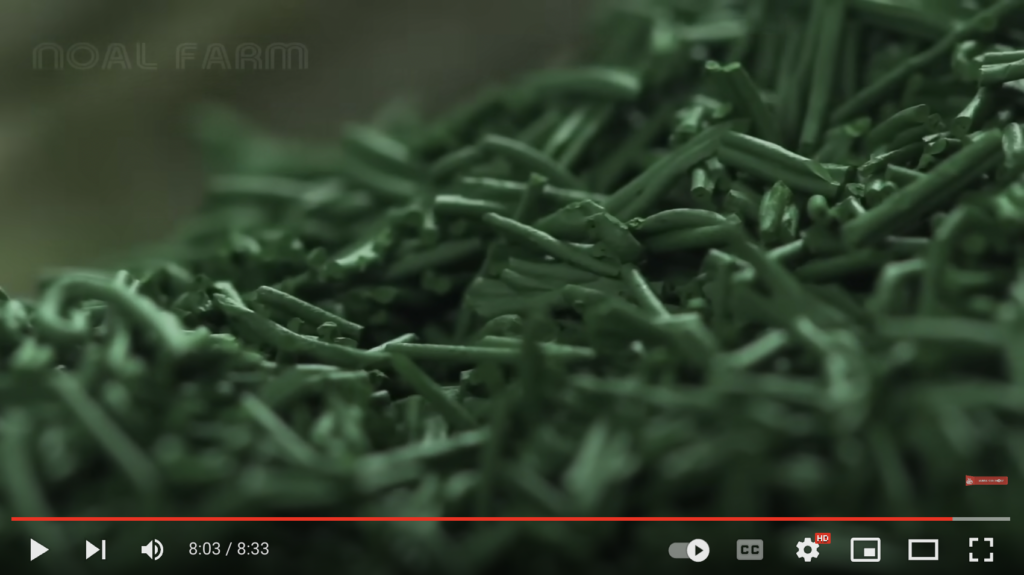
How does Spirulina have an advantage over conventional food?
It is difficult to comprehend why so many people in the world experience hunger.
If you do not live in a desert or somewhere on ice, you would think that it possible to grow own food or buy from the local farmer market or food store.
Unfortunately, it is not as easy as it seems to look.
If you dig deeper, you will see that there are hidden costs that drive food prices up.
There are three issues:
- Agricultural methods
- Food distribution
- Environmental deterioration
Spirulina has advantages over conventional food because of the low cost to grow, produce, and distribute. Spirulina farms produce high in proteins, vitamins, and minerals nutraceutical food. Alga is easily digested and speeds recovery from malnutrition. Besides, Spirulina requires less land and water than other foods and can grow in hot climates where other crops cannot survive.
Differently from Spirulina, conventional food has hidden costs that drive prices up and have grim consequences unless you get organic food.
Hidden costs
Unhealthy food
If you consume poisonous and unhealthy food, you can experience problems with health.
Modern food contains pesticides, antibiotics, additives, preservatives, and processed fats. It can lead to visits to the doctor, increased medical bills, insurance costs, and higher taxes to support government health programs.
Farm subsidies
In the USA, farmers get compensated for water to grow crops. These subsidies drive food costs up along with bad loans policies.
Toxic cleanup costs
Various herbicides, pesticides, and chemical fertilizers pollute water systems and air.
Government debt and interest costs
Increased health services, military spending, and farm subsidies use plenty of government resources.
Environment destruction
Big farms exploit soil and water without replenishing them to preserve them as it was before using them.
Can you imagine that one inch of topsoil takes 200 to 1000 years to form? Using natural resources and not giving bak to it, creates the situation when food is deficient of vital nutrients.
The quality of food becomes poorer.
Spirulina does not have hidden costs
Spirulina farms do not exploit natural resources, do not harm the environment, and do not have hidden costs such as medical bills from bad diet or government subsidies to the farmers.
The hidden costs of food
| Spirulina | Organic farming | Crops | Meat | |
| Poisons in foods | No | No | Yes | Yes |
| Higher medical costs | No | No | Yes | Yes |
| Government tax subsidies | No | No | Yes | Yes |
| Ecological destruction | No | No | Yes | Yes |
| Upcoming toxic cleanup costs | No | No | Yes | Yes |
| Higher debt burden | No | No | Yes | Yes |
| Exploitation of resources | No | No | Yes |
How does Spirulina help starving populations?
Spirulina farms can produce plenty of microalgae without wasting resources, increasing prices, and using government subsidies.
Spirulina can grow in places where is a hot climate. New types of seawater-tolerant Spirulina become available for producers of algae.

Spirulina can grow in the tropics and subtropics, where other cultures cannot flourish. There are diets rich with carbohydrates and sugars, but they lack proteins, minerals, and certain vitamins.
Spirulina thrives in hot locations and can greatly complement the local diet. Additionally, Spirulina digests lightly, and it gives the opportunity to malnourished people to get vital nutrients without big effort.
Spirulina requires less land and water compared with other protein foods.
Spirulina farms can produce alga everywhere in the world
You do not need to have a big factory to grow Spirulina. There are village-scale projects that can be put to work in Africa or other places where food is scarce, and malnutrition bothers a plenty of people.
It is easy to establish small Spirulina farms that can feed many people.

Wrapping up
You do not need to eat bugs or worms to save the planet. Spirulina is a lot more pleasant food than insects. Poor populations can benefit from Spirulina which has all essential nutrients, especially proteins that replenish and nourish those who lack proper nutrition. Alga is a perfect choice to feed hungry populations because of its low costs, easiness of setting up farms on the small or bigger scale, and ability to provide wholesome food for the needed people.
Did you ever taste Spirulina? Do you experienced benefits? I did and did take Spirulina every day. It is like candy to me.